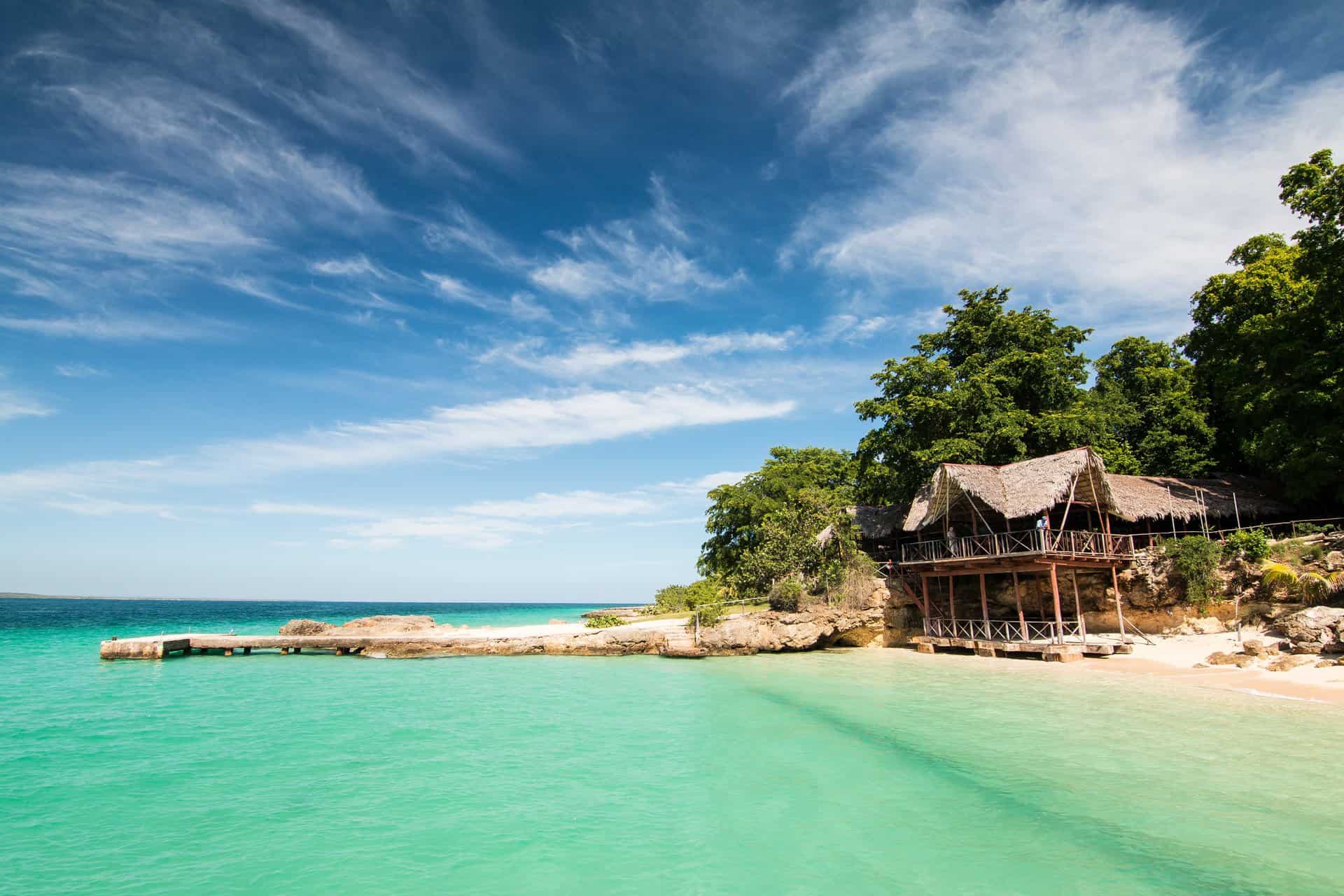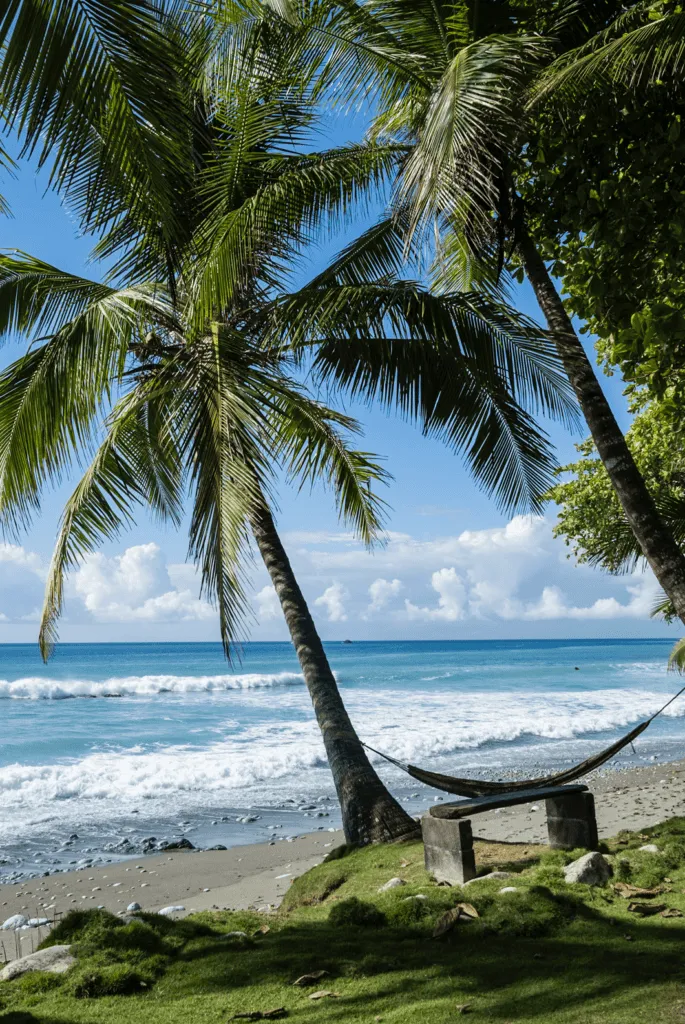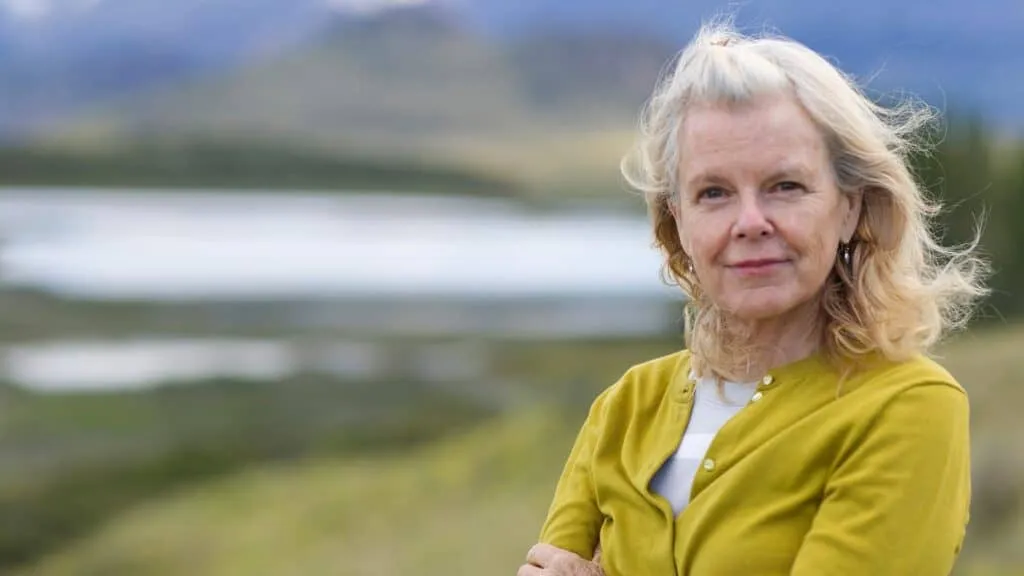
Who is Kris Tompkins?
Kris Tompkins is the former CEO of Patagonia and one of the world’s most important conservationists. For the past twenty years, Kris has worked with her husband, Doug, the founder of The North Face, to create extensive nature reserves in Argentina and Chile. Together the couple has protected more land than any other private individual worldwide.
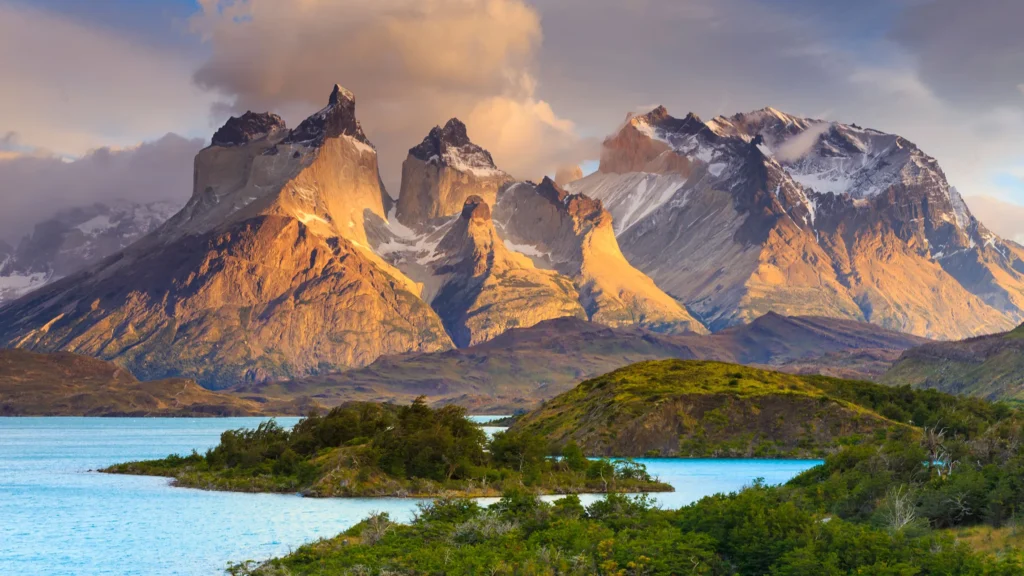
1. When did you first travel to South America?
In 1958 I moved with my family to Venezuela when I was eight years old and lived there for three years. I did not return to South America until 1991 when I visited the Patagonia region with Yvon Chouinard and other Patagonia company team members. I was in awe of those expansive landscapes, and the lack of population and I saw what Darwin writes about – the subtle light and shape of the grasslands with species I’d never seen before. I fell in love.
2. You have been traveling to this region for many years. How do you think it’s changed over time?
What has changed since I first visited is my own ability to look at the Patagonia region for what it really is. When I visited the first few times I saw only the romantic wonder of the region. Now I see the devastation that has been done to those grasslands over the last one hundred years. I see land that needs to be given a chance to heal itself. Has the region changed? Yes, but not so much. There is too much mining coming in; the petroleum industry has ruined central Patagonia in many ways; and the overgrazing of sheep continues in spite of the obvious damage (some of it irreversible) being done. And yet, it is still one of the most alluring regions of the world. Raw beauty that, once seen, is hard to get out of your mind.
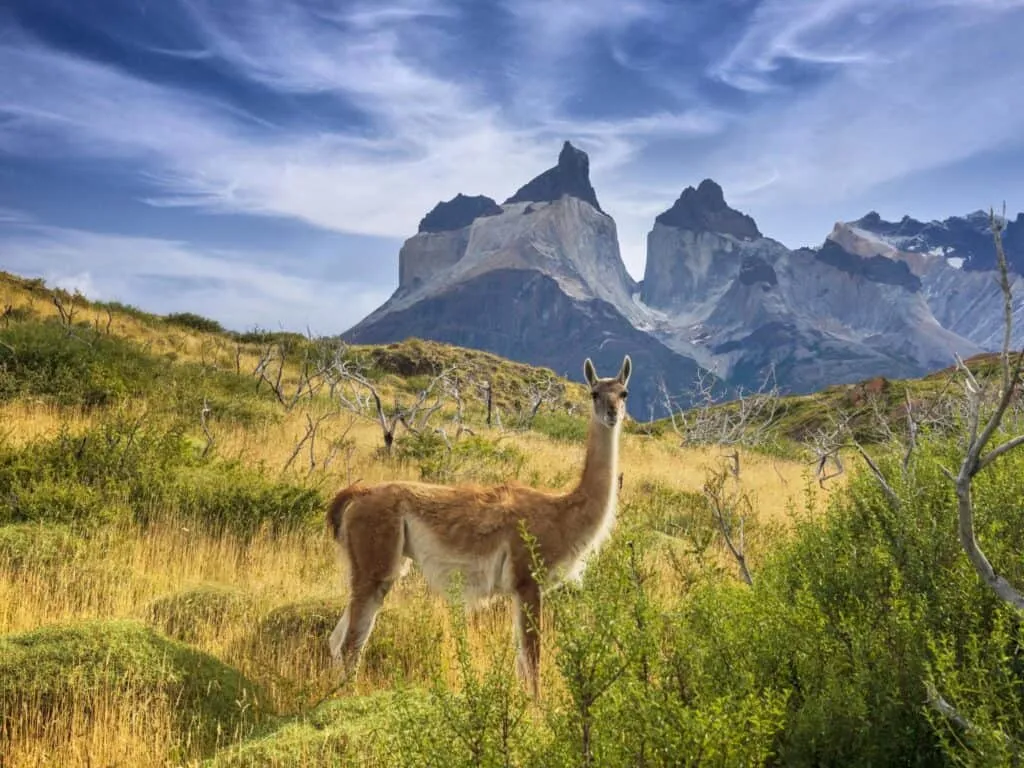
3. What are your three favorite South American travel destinations today?
Certainly, the Chilean Patagonia region in the south of the country is one of the most beautiful, undiscovered areas on the continent. Both Chile and Argentina cover such varied landscapes – from high Altiplano down to Cape Horn – that if you never went anyplace else you could spend a lifetime exploring both countries. Though I’ve not been, one of the highlights of South America has to be the western side of the Amazon region – Bolivia, Peru, and Ecuador have what I think is the highest biodiversity on the planet and are probably the crown jewel of hot spots.
4. When did you and your husband first become interested in conservation? How have your beliefs about conservation changed over time?
We spent our lives outdoors skiing, climbing, hiking, and kayaking so we were devoted to the natural world and over time began to see what was happening to it through development. When we decided to retire from our business lives it was an easy leap from that to our decision to spend the rest of our lives helping to protect and restore those areas that we love. When we started out, naturally we did not have the experience and direction that we have now. Over the last 25 years, our teams in Chile, Argentina and the US have developed and they are now capable of doing anything. So today we are clear about our goals, creating National Parks, and have the teams who can make things happen.
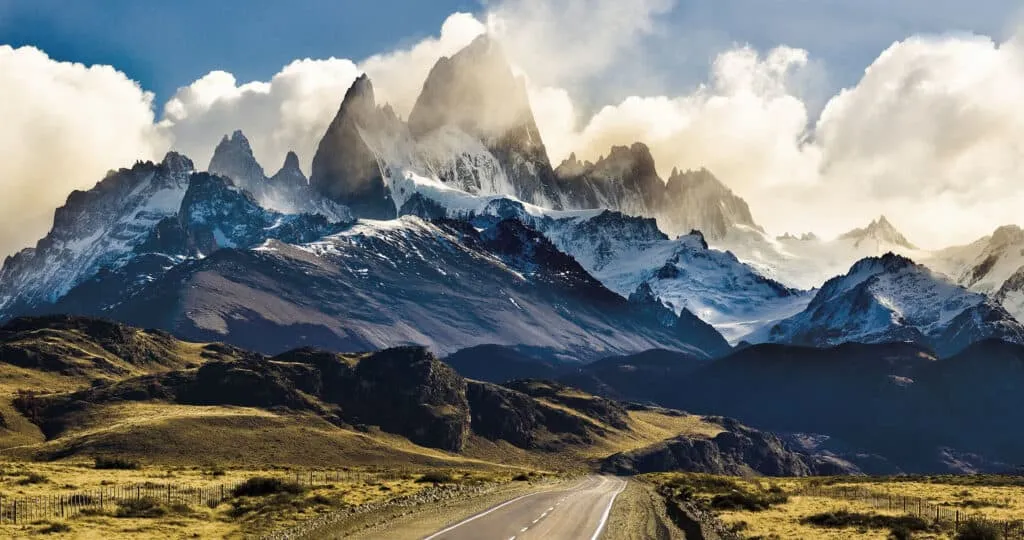
5. You adhere to a philosophy called Deep Ecology – can you briefly explain what that is?
To me Deep Ecology is essentially the idea that we humans should respect the intrinsic value of all life, living in a way that all sentient beings may evolve naturally. The way we live has caused 40% of vertebrate species to go extinct since the 1970s. This is a moral issue. We must share the planet with other creatures.
6. You have incredible conservation projects in Chile and Argentina – why did you choose those two countries in particular? What was it about their landscapes that inspired you?
I think you protect those things you love. Doug has been coming to Chile and Argentina since the 60’s and I have been coming since the 90’s. We found it a good place to work in conservation. Conservation dollars can go farther in Latin America than the US or Europe and this is also a factor. Both countries have long-established national park systems, which is also good for the kind of work we focus on.
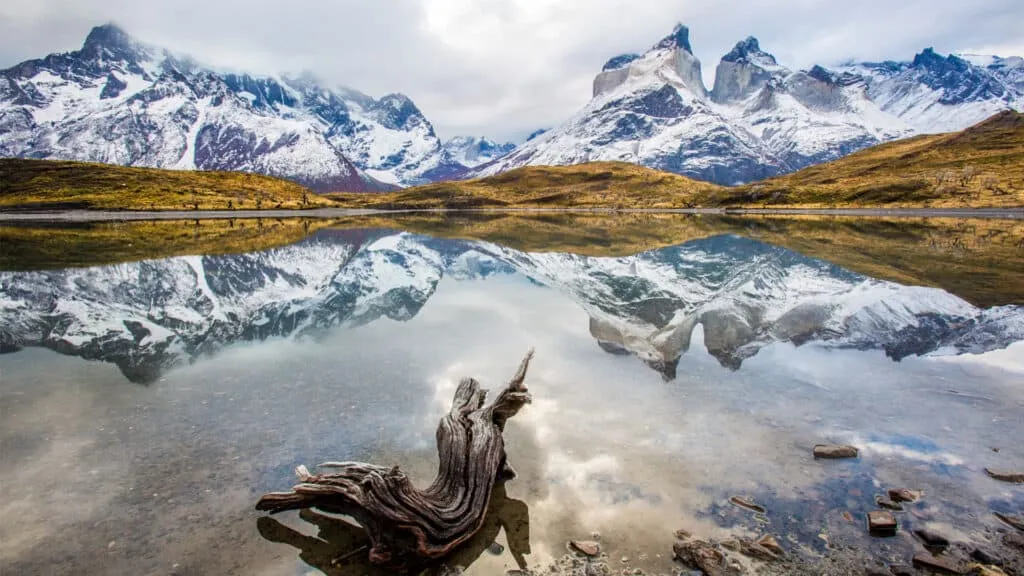
7. What tips do you have for travelers who want to reduce their environmental impact?
The connection between those places people enjoy and their willingness to help protect those same places is essential. I think there is too much “skimming the cream off the top” within tourism and, worse yet, within EcoTourism. There should be a direct relationship between the tour companies and the tourists who visit a place and means to help protect these places. Also, I think ecotourist companies should get on the wagon and create trips that are “volunteering trips”, work trips, that combine talent and muscle with sightseeing and holiday fun!
8. We would love to hear your opinion on the growing popularity of “ecotourism”. What would a traveler or a travel company have to do to truly counter their carbon footprint?
Again, there are a lot of technical things we can do to counter the flying and touring around we all do. Ecotourists should take up the charge of helping to restore the destinations they enjoy. There are few places on earth, regardless of their beauty and special qualities, that are not under pressure of development. Create an army of eco-tourists to help protect them long-term!
Related Stories
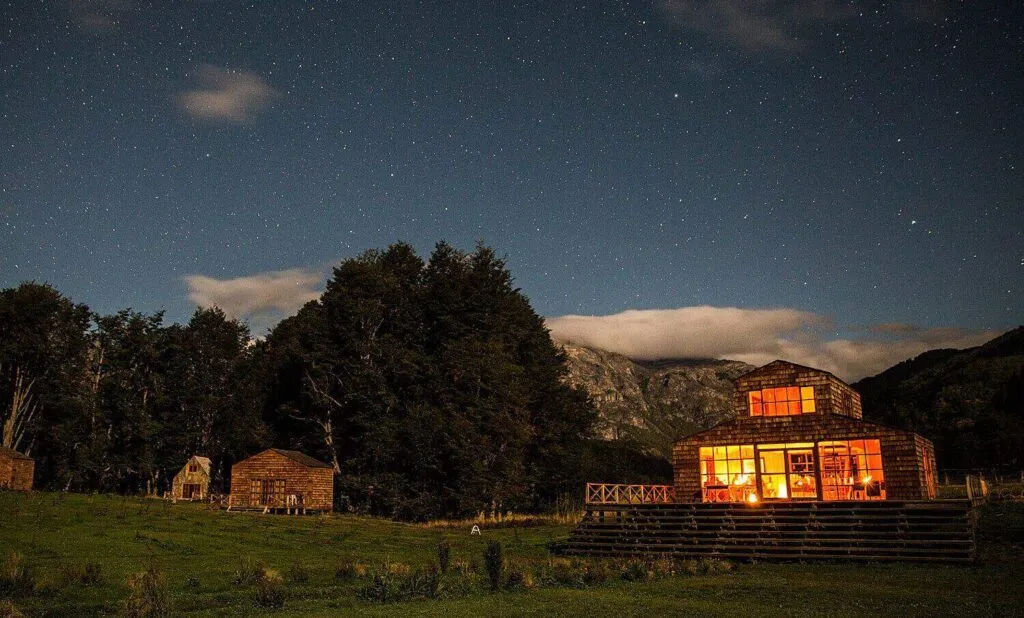
Iconic Itineraries: Conde Nast Traveler’s Adventure In Patagonia
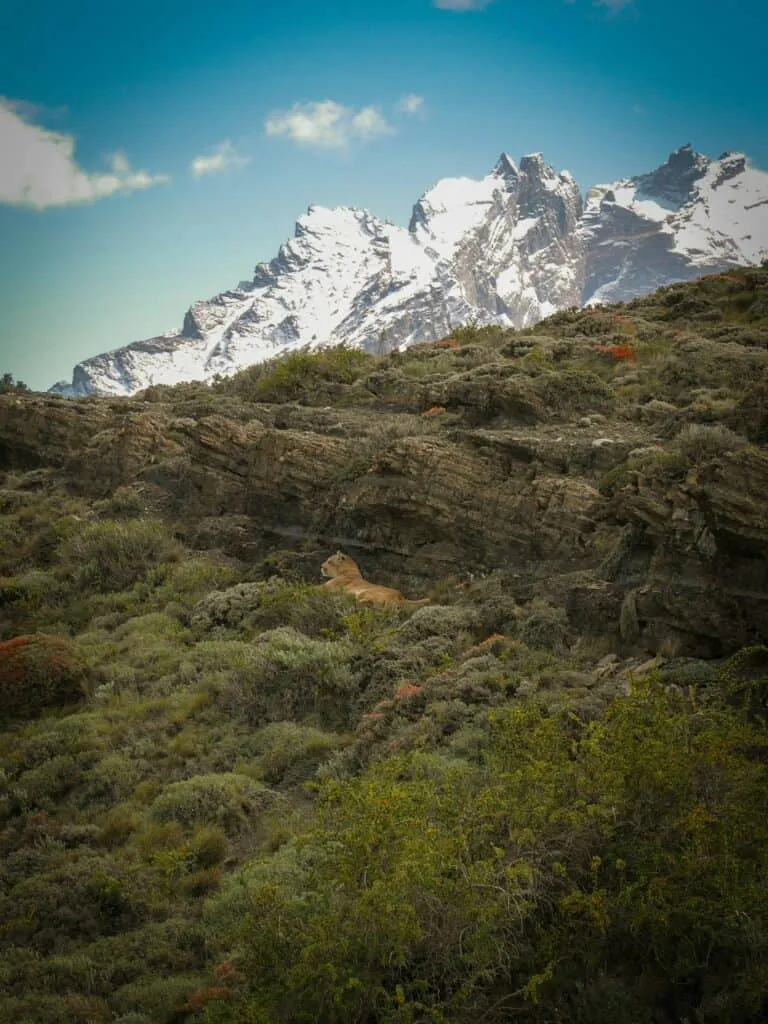
Where to Spot Pumas in Patagonia
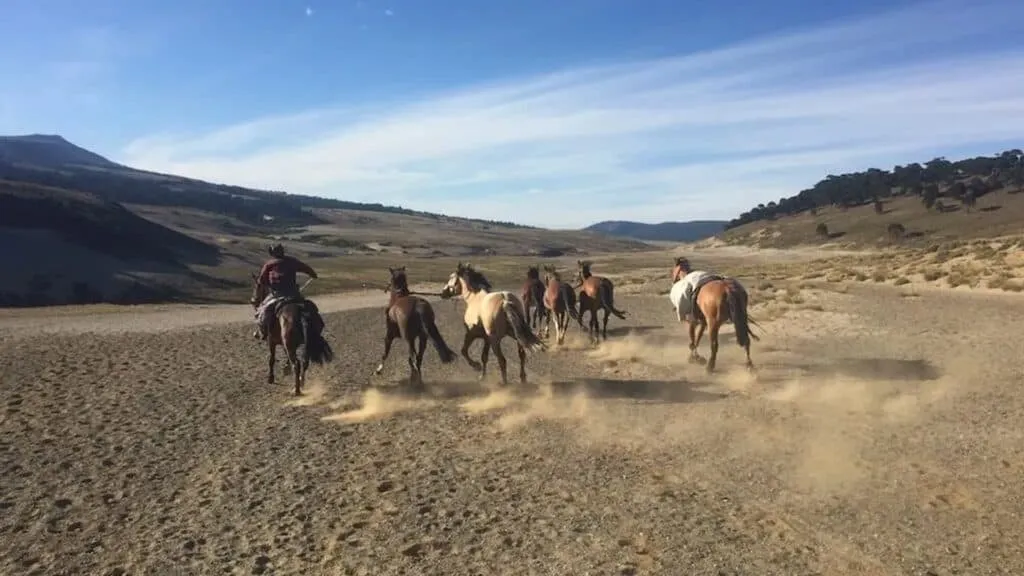
Horses and Huskies in Wild Patagonia | Plan South America
@plansouthamerica
